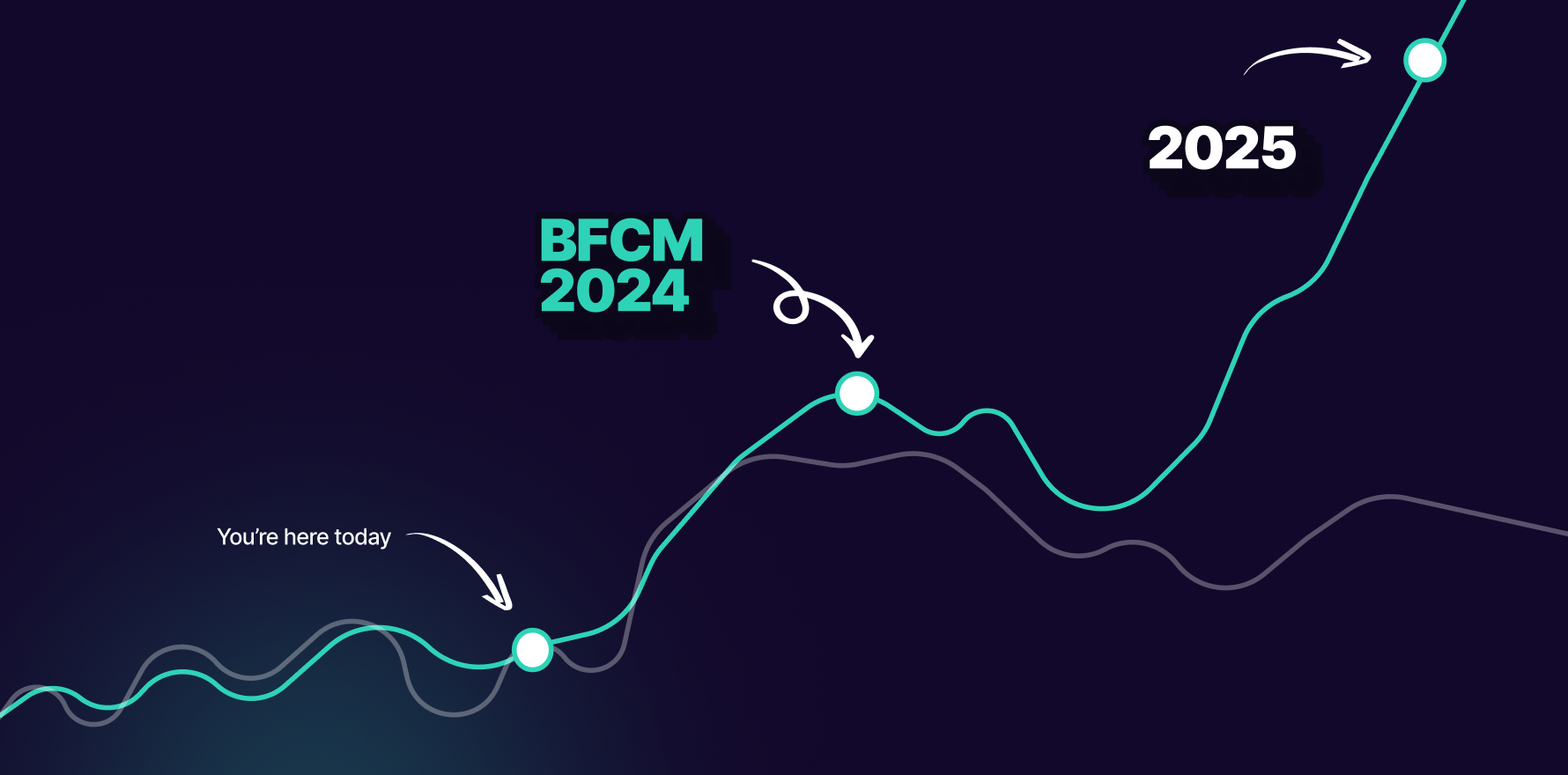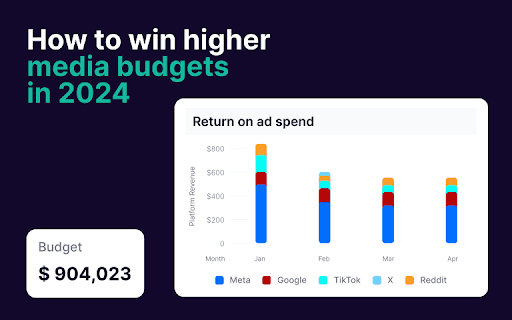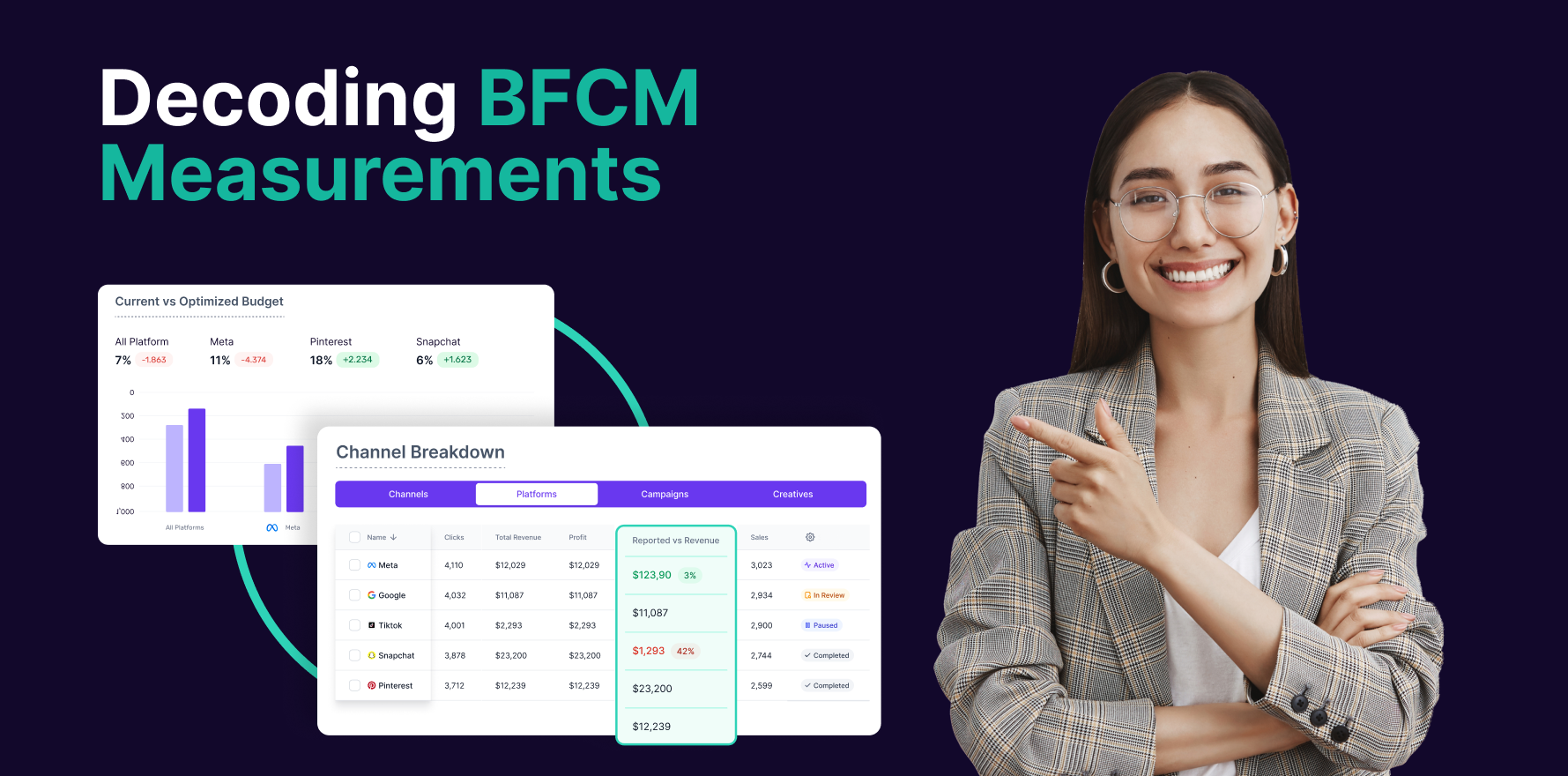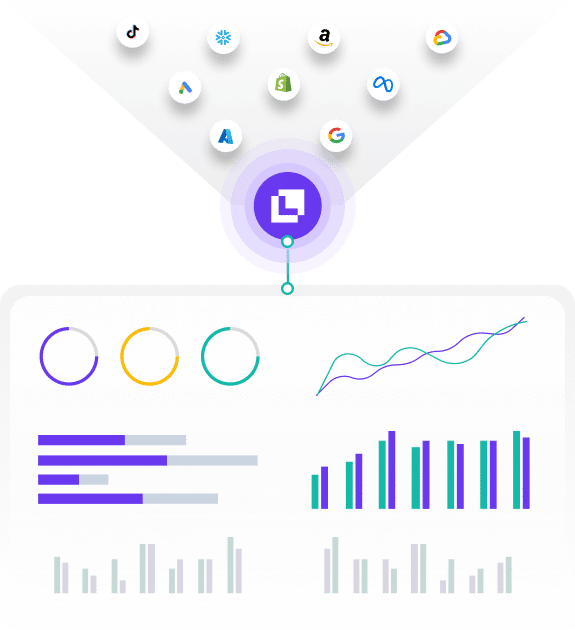What is Remarketing?
Remarketing is a highly effective online marketing strategy utilized in the eCommerce industry that seeks to reengage individuals who’ve visited a website or mobile application but didn’t make a purchase or accomplish any desired action. Implementing various tactics such as displaying personalized ads across their web-based browsing activities, remarketing aims to persuade these visitors to revisit the website and complete the transaction, enhancing conversion rates and sales.
Formula
The fundamental formula behind a successful remarketing strategy can be represented as: Remarketing Success = Reach (Number of site visitors) X Relevance (Their interest in your product/service) X Reaction (The action they take upon seeing the remarketing ad).
Example
Suppose an individual visits a fashion eCommerce site and browses through different apparel without making a purchase. With remarketing, the eCommerce store can target this individual by showing the viewed product ads on social media, search engines, and other websites that they surf, kindling their interest and encouraging them to revisit and make the purchase.
Why is Remarketing important?
Remarketing plays a pivotal role in eCommerce for several key reasons:
- Boost Conversion Rate: Remarketing aims to convert visitors who have already shown interest in your product/service but have left without making a respective purchase.
- Enhanced ROI: As remarketing targets a more qualified audience, it often results in higher click-through rates, yielding a better ROI.
- Brand Exposure: It keeps your brand at the top of your potential customers’ minds, encouraging them to choose your brand when they are ready to purchase.
Which factors impact Remarketing?
- Timing is crucial: Modify your remarketing strategy to target users at different times, depending on their interaction with your site.
- List segmentation: Dividing your remarketing list based on user behavior, products browsed, and time spent on the site, can increase campaign relevancy and results.
- Personalized ads: Tailoring ads to match the exact products viewed by users can increase chances of customer re-engagement.
How can Remarketing be improved?
Several factors can affect remarketing:
- Quality of website traffic
- Length and effectiveness of the remarketing campaign
- Quality and relevance of ads
- Remarketing list criteria
What is Remarketing’s relationship with other metrics?
Remarketing has a significant correlation with various eCommerce metrics like the Conversion Rate, Cart Abandonment Rate, and Customer Lifetime Value. An effective remarketing strategy can increase conversion rates, reduce cart abandonment, and extend customer lifetime value by re-engaging users who’ve shown purchase intent but didn’t complete the transaction.
Free essential resources for success
Discover more from Lifesight
















